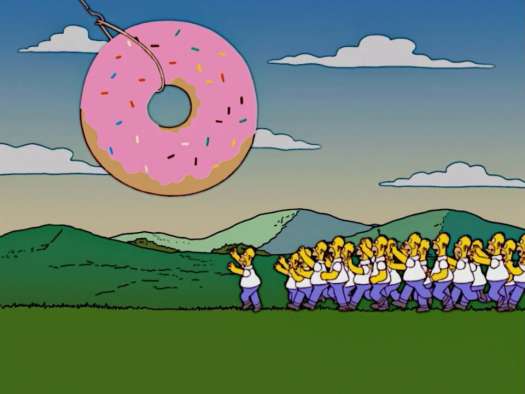With great candour, the Rolling Stones embrace/deconstruct the myth that is their finest album with the wondrous, insightful film Stones in Exile. Anything about the band's history overseen by the Stones (particularly the often legacy protecting and a-historical Mick Jagger) is mired in cynicism about their motivations beyond cashing in (once again) on vital work they made 40 years ago. But when it comes to the critically acclaimed, beloved rock'n'roll blueprint that is 1972's Exile on Main Street, the Stones fight their lead singer's reluctance to revisit the past by shining a light through the time-soaked murk that spawned the eclectic, genre-defying double-album. "Boring, really," Jagger chuckles in a new interview as the film gets rolling. "Old fucking recording sessions. I mean, boring! Who gives a shit?" Despite his standoffish bravado, Stones in Exile finds Jagger, Keith Richards and Charlie Watts letting their guard down and openly discussing the tumultuous task of creating their inadvertent masterpiece. The crazed context saw "England's newest hitmakers" fleeing their homeland's taxman and a government-sanctioned rock'n'roll witch-hunt in 1970 for the south of France. With a new child and an addiction to heroin, Richards took up residence in a mansion in Ville-franche-sur-Mer on France's Côte d'Azur, where the Stones and crew soon set up a dank, de facto basement studio in '71 to begin recording material the band had written over the past two years. These are the facts and for most fans, they're old news. The manner in which Stones in Exile enhances and expands upon this lore is quite mind-blowing. Featuring new interviews with former Stones Bill Wyman, Mick Taylor and Bobby Keys, Richards' lover at the time (Anita Pallenberg), photographer Dominique Tarlé and the voices of producer Jimmy Miller and engineer Andy Johns, among others, the film is a vibrant reflection on a bygone era. The surprising amount of actual footage and home movies showing the Stones at work and play in the early '70s is an archivist's wet dream, not to mention the clever faux-animation of many of Tarlé's beautifully-rendered photographs, which provide the historical film with even more self-aware liveliness. Even the potentially sour move of having the likes of Sheryl Crow, Will.I.Am, some dude from Kings of Leon, Martin Scorsese and Jack White wax poetic about their relationship with Exile somehow works. With the possible exception of Liz Phair (who's completely and inexplicably relegated to a bonus feature entitled "Exile Fans"), none are as passionately articulate about the matter as project collaborator/Stones producer Don Was, who wisely suggests the band's output, whether dark or cheery, eerily reflects the general tone of the zeitgeist. As Jagger and Watts tour the estate in England where Exile began, and visit Los Angeles where it was completed (in the feature "Return to Stargroves and Olympic Studios"), the cocksure, tough guy veneer begins to crumble. As much it visibly pains him to do it, Jagger confronts the ghost of Exile on Main Street throughout Stones in Exile, finally accepting its towering place in his world and ours.
(Eagle Rock)Stones in Exile
Stephen Kijak

BY Vish KhannaPublished Jun 25, 2010



